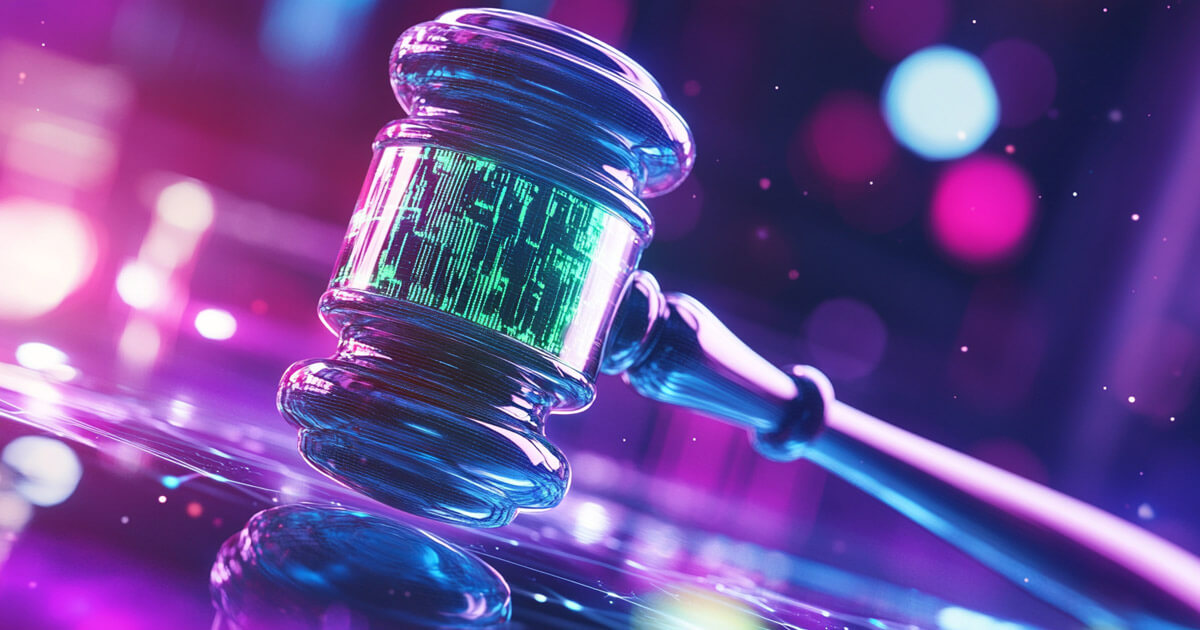AI Error Leads to Unjust Fine for Dutch Motorist

In a revealing case of artificial intelligence (AI) misidentification, Tim Hansenn, a Dutch motorist and artificial intelligence expert, was wrongly fined 380 euros for allegedly using his phone while driving. This incident has sparked discussions about the reliability of AI-powered smart cameras in law enforcement and the potential for human oversight errors.
Misidentification by AI technology
Hansen, an employee at Nippur, a firm specializing in AI, was caught by the Dutch police’s AI smart camera, Monocam, which mistakenly identified him as using his phone while driving. The camera, designed to detect drivers distracted by their mobile devices, flagged Hansen while he was merely scratching his head. This mistake underscores the challenges facing AI in accurately interpreting human actions.
The expert took to his company’s blog and shared his experience in an interview with Belgian news outlet HLN, highlighting the limitations of the current AI technology used by the Dutch police. Hansenn’s analysis pointed out a crucial flaw in the AI’s operation: it tends to wrongly assume that any hand movement near the head is indicative of phone use. This incident raises questions about the AI’s accuracy and emphasizes the role of human error, as the fine was approved by a police officer who reviewed the photo evidence.
The road ahead for AI in traffic enforcement
Despite the setback experienced by Hansenn, the Netherlands is on track to expand its use of AI in traffic monitoring. The Dutch police have been utilizing Monocam since 2021, with significant success in identifying drivers texting while driving. According to a report by NRC, a Dutch news outlet, the technology caught 116,000 drivers in 2022, with expectations of higher numbers in 2023. Moreover, the Netherlands plans to introduce Focus lash cameras by the end of 2024. These advanced systems will have the capability to assess where drivers are looking, detect red light violations, and check if seat belts are fastened.
Hansen has expressed his desire to assist the police in refining their AI technology to prevent future misidentifications. His case catalyzes a broader conversation about integrating AI in law enforcement tools and the necessity for continuous improvement to ensure their accuracy and reliability.
Implications and Future Developments
The incident involving Tim Hansenn sheds light on the complexities and challenges of deploying AI in law enforcement, particularly in traffic monitoring. While AI offers the promise of enhancing public safety by identifying and penalizing distracted driving, it also poses risks of inaccuracies that can lead to unjust penalties for innocent individuals. This case emphasizes balancing technological advancements with human oversight to mitigate errors.
As the Netherlands and other countries continue to adopt AI-powered systems for traffic enforcement, the need for ongoing evaluation and refinement of these technologies becomes evident. Ensuring that AI systems are as error-free as possible is crucial for maintaining public trust and the legitimacy of automated enforcement measures.
Furthermore, this incident underscores the potential for AI to learn and improve from its mistakes. By analyzing instances of misidentification, developers can fine-tune AI algorithms, enhancing their ability to distinguish between different activities accurately. Collaboration between AI experts like Hansenn and law enforcement agencies could lead to more sophisticated and reliable AI solutions, reducing the likelihood of similar incidents in the future.
while the use of AI in traffic enforcement presents significant benefits, the case of Tim Hansen highlights the need for careful implementation, human oversight, and continuous improvement. As AI technology evolves, so too must the mechanisms for its oversight, ensuring that the future of automated law enforcement aligns with principles of fairness and accuracy.
AI Error Leads to Unjust Fine for Dutch Motorist

In a revealing case of artificial intelligence (AI) misidentification, Tim Hansenn, a Dutch motorist and artificial intelligence expert, was wrongly fined 380 euros for allegedly using his phone while driving. This incident has sparked discussions about the reliability of AI-powered smart cameras in law enforcement and the potential for human oversight errors.
Misidentification by AI technology
Hansen, an employee at Nippur, a firm specializing in AI, was caught by the Dutch police’s AI smart camera, Monocam, which mistakenly identified him as using his phone while driving. The camera, designed to detect drivers distracted by their mobile devices, flagged Hansen while he was merely scratching his head. This mistake underscores the challenges facing AI in accurately interpreting human actions.
The expert took to his company’s blog and shared his experience in an interview with Belgian news outlet HLN, highlighting the limitations of the current AI technology used by the Dutch police. Hansenn’s analysis pointed out a crucial flaw in the AI’s operation: it tends to wrongly assume that any hand movement near the head is indicative of phone use. This incident raises questions about the AI’s accuracy and emphasizes the role of human error, as the fine was approved by a police officer who reviewed the photo evidence.
The road ahead for AI in traffic enforcement
Despite the setback experienced by Hansenn, the Netherlands is on track to expand its use of AI in traffic monitoring. The Dutch police have been utilizing Monocam since 2021, with significant success in identifying drivers texting while driving. According to a report by NRC, a Dutch news outlet, the technology caught 116,000 drivers in 2022, with expectations of higher numbers in 2023. Moreover, the Netherlands plans to introduce Focus lash cameras by the end of 2024. These advanced systems will have the capability to assess where drivers are looking, detect red light violations, and check if seat belts are fastened.
Hansen has expressed his desire to assist the police in refining their AI technology to prevent future misidentifications. His case catalyzes a broader conversation about integrating AI in law enforcement tools and the necessity for continuous improvement to ensure their accuracy and reliability.
Implications and Future Developments
The incident involving Tim Hansenn sheds light on the complexities and challenges of deploying AI in law enforcement, particularly in traffic monitoring. While AI offers the promise of enhancing public safety by identifying and penalizing distracted driving, it also poses risks of inaccuracies that can lead to unjust penalties for innocent individuals. This case emphasizes balancing technological advancements with human oversight to mitigate errors.
As the Netherlands and other countries continue to adopt AI-powered systems for traffic enforcement, the need for ongoing evaluation and refinement of these technologies becomes evident. Ensuring that AI systems are as error-free as possible is crucial for maintaining public trust and the legitimacy of automated enforcement measures.
Furthermore, this incident underscores the potential for AI to learn and improve from its mistakes. By analyzing instances of misidentification, developers can fine-tune AI algorithms, enhancing their ability to distinguish between different activities accurately. Collaboration between AI experts like Hansenn and law enforcement agencies could lead to more sophisticated and reliable AI solutions, reducing the likelihood of similar incidents in the future.
while the use of AI in traffic enforcement presents significant benefits, the case of Tim Hansen highlights the need for careful implementation, human oversight, and continuous improvement. As AI technology evolves, so too must the mechanisms for its oversight, ensuring that the future of automated law enforcement aligns with principles of fairness and accuracy.

